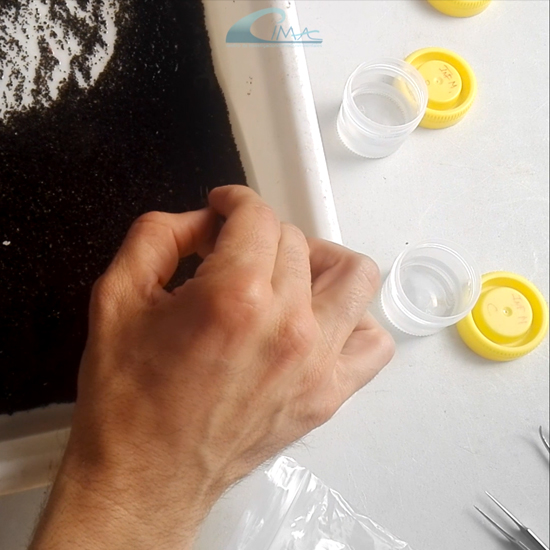 At CIMA (Atlantic Center for Environmental Research, S.L.), we want to show you what we do—both in our offices and beyond.
At CIMA (Atlantic Center for Environmental Research, S.L.), we want to show you what we do—both in our offices and beyond.
On this page, you’ll find a series of short videos called "Things We Do at CIMA", which will help explain what we do and how we do it. All to bring you closer to the world of Marine Biology and Oceanography.
– «Things We Do At CIMA» #1: Benthic Sample Sorting ("Triado")We separate organisms from our latest benthic sample (from seabeds) through a "triado" (separation into three different groups). In this case, we will separate; Mollusks: Animals with shells, such as snails (note: cephalopods are also mollusks and have a type of internal shell called a "pen" or "quill"). Annelids or Polychaetes: Segmented worms (this is a massive phylum with over 16,700 described species, including marine polychaete worms, earthworms, and leeches). Crustaceans: Animals with exoskeletons, such as crabs (crustaceans are a large subphylum of arthropods, with over 67,000 species. They include groups like lobsters, crabs, shrimp, and barnacles).
Why do we do all this?
Quantifying the number of mollusks, polychaetes, and crustaceans provides an approximate understanding of the environmental quality of the area where the sample was collected.


